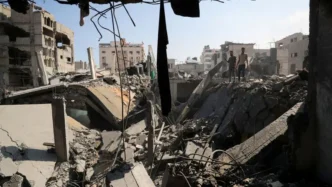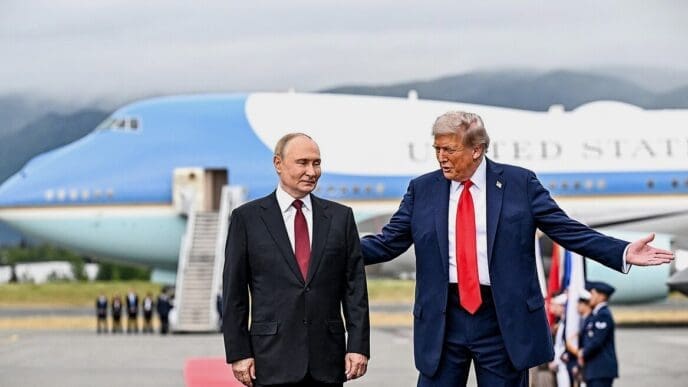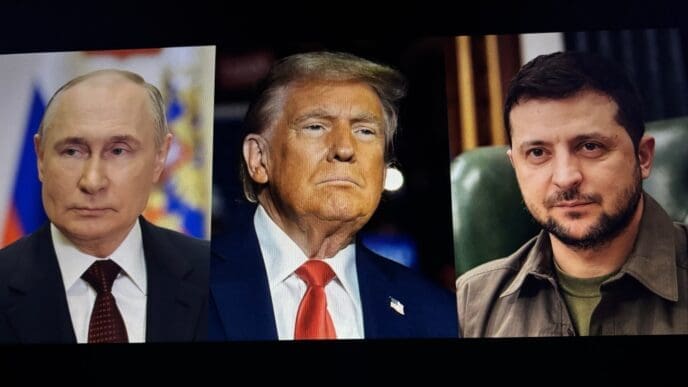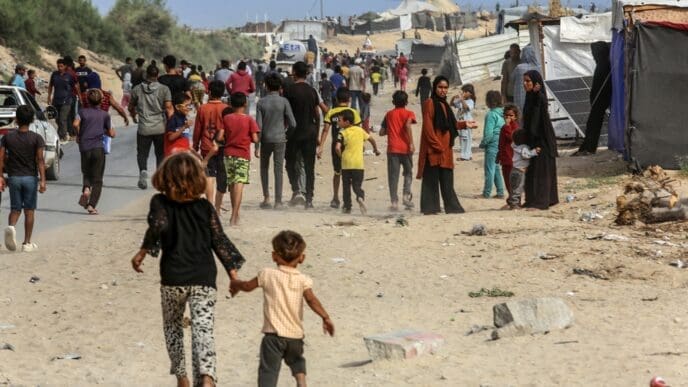GAZA CITY – Hamas announced Friday it has submitted a “positive response” to a U.S.-backed ceasefire proposal, a major development that could pave the way for a 60-day halt to the war in Gaza. The move brings both Hamas and Israel, which had previously accepted the framework, to the brink of detailed negotiations for a deal aimed at releasing hostages and ending months of failed diplomatic efforts.
In a formal statement, Hamas confirmed it had delivered its response to mediators and declared it was “fully prepared to immediately enter into a round of negotiations regarding the mechanism for implementing this framework.” With both sides now having agreed to the foundational terms, officials expect final talks to begin shortly.
An Israeli source familiar with the negotiations said that Israel had anticipated a positive reply from Hamas, expecting only minor changes to the proposal’s language. The source indicated that these anticipated adjustments were not significant enough to derail the overall peace effort.
The proposed 60-day truce calls for Hamas to release 10 living hostages and the remains of 18 deceased hostages. The process would begin with the release of eight living hostages on the first day of the ceasefire in exchange for an unspecified number of Palestinian prisoners. Following this initial exchange, Israel would begin withdrawing its forces from parts of northern Gaza.
Momentum for a deal has grown significantly following last month’s 12-day conflict between Israel and Iran. Key negotiator Qatar quickly initiated a new round of indirect talks to find a “middle ground” based on previous proposals, with strong backing from the Trump administration.
This new proposal reportedly includes stronger assurances from the United States that it will work to ensure a permanent ceasefire is reached, even if it extends beyond the initial 60-day period. It also commits Israel to allowing a significant increase in humanitarian aid into Gaza through established channels, moving away from the controversial Israeli-backed Gaza Humanitarian Foundation.
President Donald Trump has been a vocal proponent of the deal. On Tuesday, he stated that Israel had “agreed to the necessary conditions” and urged Hamas to accept the terms. In a post on his Truth Social platform, President Trump warned, “I hope, for the good of the Middle East, that Hamas takes this Deal, because it will not get better — IT WILL ONLY GET WORSE.”
The next stage involves “proximity talks,” where negotiators for both sides will be in the same location, allowing mediators to pass messages back and forth to finalize the details. A key point of contention to be resolved is the precise timeline for the withdrawal of all Israeli forces from Gaza during the truce.
Israeli Prime Minister Benjamin Netanyahu, who is scheduled to meet with President Trump at the White House on Monday, has recently signaled a shift in priorities. On Sunday, he stated that “many opportunities have opened up,” including the return of hostages, marking a notable change from his long-standing focus on the complete military defeat of Hamas.
While far-right members of Netanyahu’s government have threatened to block the agreement, other political parties in Israel have indicated they will support a deal to secure the release of the remaining hostages.














